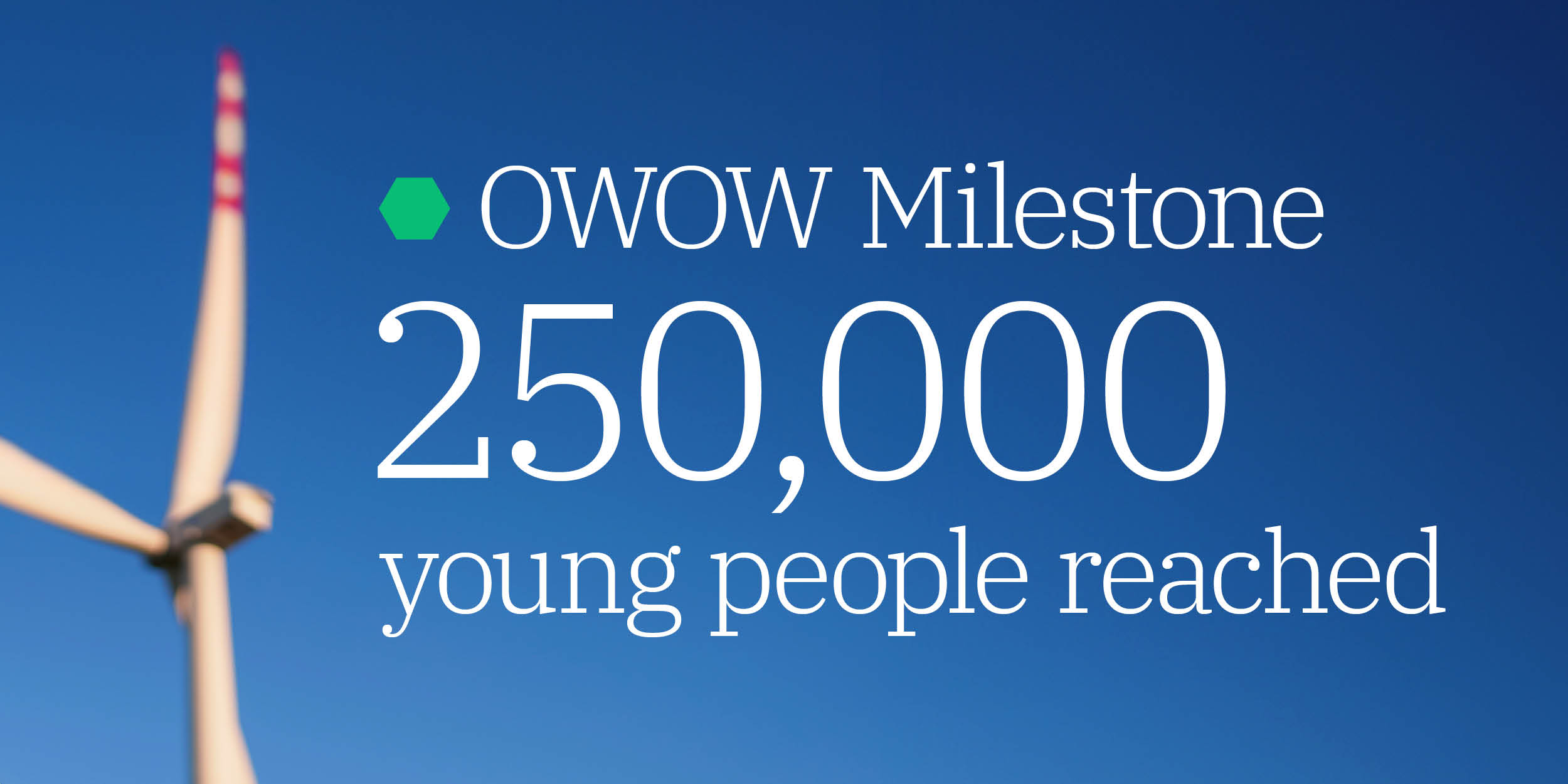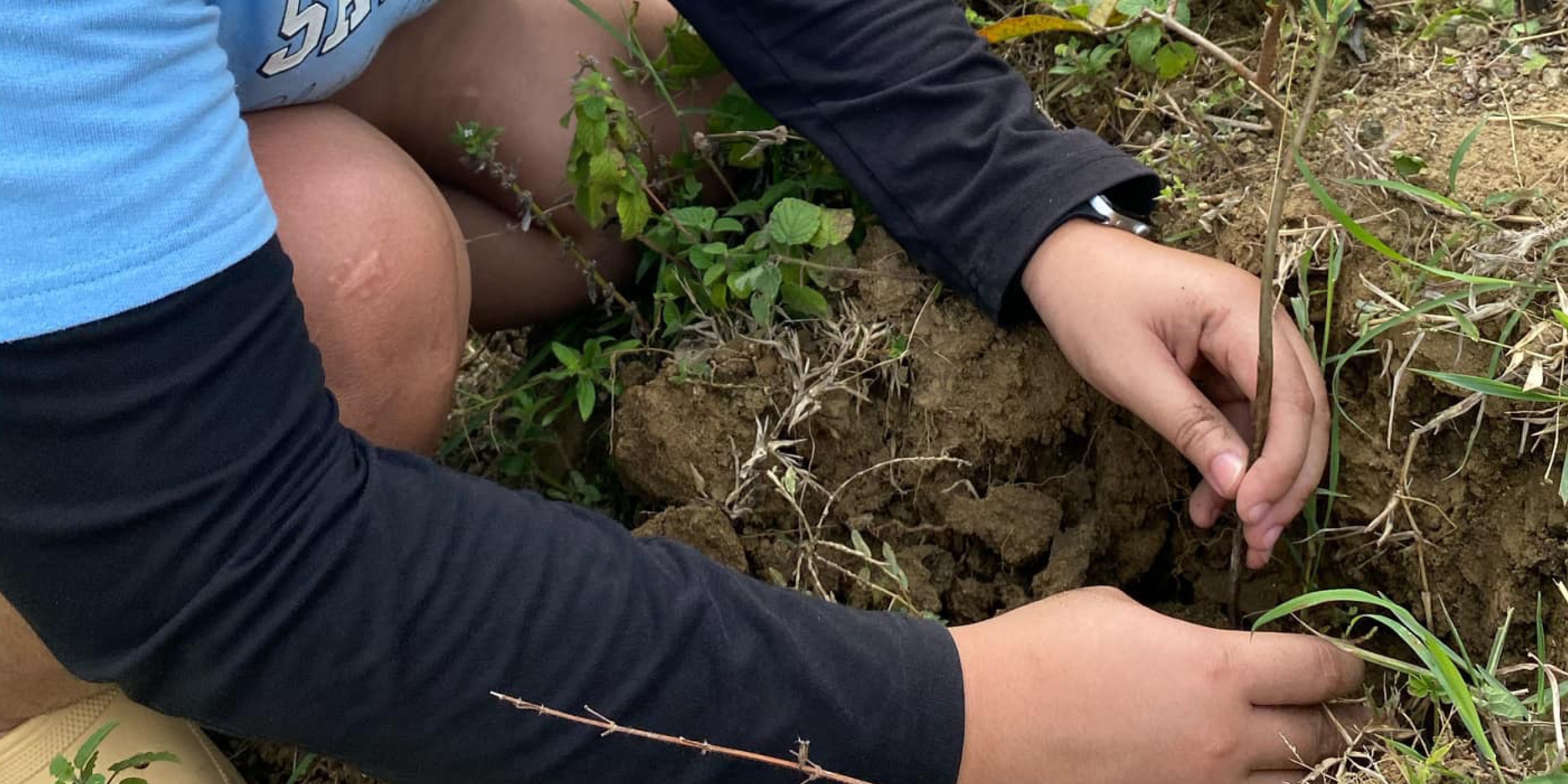Reflections on UNOC Nice: Empowering Youth to Drive a Blue Regenerative Economy

The recent United Nations Ocean Conference (UNOC) in Nice, France, underscored both the urgency and the promise of aligning economic growth with ocean health. As delegates unpacked policies, financing mechanisms, and partnerships to safeguard our seas, one theme resonated above all for me—young people must be at the heart of the blue regenerative economy. They bring energy, innovation, and intimate connections to coastal communities, all assets that subnational “blue development alliances” can harness for sustainable, inclusive progress.
The Ocean Economy’s Scale and Trajectory
In 2019, the formal ocean economy employed an estimated 133 million people worldwide.1 Marine and coastal tourism accounted for nearly 79 million jobs, followed by fisheries and aquaculture with 24 million formal positions and over 120 million total jobs when subsistence activities were included.2 Marine transport contributed another 19 million jobs, alongside sectors such as shipbuilding, offshore energy, and marine research and development.3
Under a rapid transition to sustainability, ocean employment could grow by 1.5% per year, reaching 184 million jobs by 2050—a net gain of 51 million positions.4 The greatest growth potential lies in marine renewable energy, which could generate 1.2 million new roles in offshore wind, tidal power, and related industries.5 These figures illuminate both the scale of the opportunity and the stakes: a managed transition can deliver ecological resilience and substantial economic dividends.
Youth Entry Points and Skill Portfolios
Across sectors, young people can pivot into high-growth youth-friendly roles. In marine renewable energy, offshore wind turbine technician positions and drone-based survey roles demand electrical and mechanical fundamentals alongside new safety certifications. Fisheries and aquaculture are beginning to embrace digital traceability and AI-driven monitoring, opening paths for coders and data analysts. Ports and shipping increasingly rely on automation, creating demand for mechatronics technicians and cybersecurity operators. Even marine research and ecotourism offer diverse entry points—from restoration diving to eco-guiding—that blend technical, environmental, and storytelling skills.
Spotlight on Small Island Developing States (SIDS)
SIDS were a central focus in Nice, as their very survival hinges on healthy oceans. Climate change is already inundating infrastructure and corroding livelihoods. For example, by 2050, half of Funafuti in Tuvalu6 could lie underwater. Ocean acidification is reshaping fish migration, threatening both food security and exports. Across SIDS, roughly a third of the employment is subsistence agriculture and another significant share relies on fishing,7 making communities extraordinarily vulnerable to environmental shocks.
Youth unemployment in SIDS is staggering—23% on average in the Pacific—and is a major driver of outmigration.8 Yet this same generation holds the key to regenerative solutions: young eco-tourism entrepreneurs are advancing coral conservation, aquaponics innovators are blending traditional knowledge with sustainable aquaculture, and small-scale marine biotech start-ups are producing high-value natural products from indigenous flora. By investing in youth through technical training, digital upskilling, and climate-smart business strategies, we can build lifelines that both create employment for youth and invigorate local economies.
The Power of Subnational Development Alliances
One of the conference’s most compelling takeaways for me was the dynamic role of regions and cities that are spearheading the way in implementing bold measures and programs to accelerate the transition to sustainable and regenerative blue economies, ranging from Rio in Brazil to the ports of Durban in South Africa and San Diego in the United States.
Reinforcing these efforts by dynamic blue alliances—forums that unite local governments, private-sector employers, training providers, and youth themselves around common goals—would further accelerate these positive transitions while encouraging positive solutions for youth employment in many countries. In coastal cities and island communities, these alliances can map blue economy value chains, co-design curricula with employers, and broker financing through mechanisms such as blue bonds or debt-for-nature swaps. When municipal authorities commit annual budgets to biodiversity-linked action plans, and local businesses agree to hire and mentor trainees, the entire system becomes more coherent and responsive.
My own experience leading EDC’s “Our World, Our Work” initiative reinforces this insight. By convening mayors, local governments, vocational institutes, and youth networks, we established youth development alliances in 15 Filipino communities. These alliances not only delivered mangrove restoration and anti-illegal fishing patrols, but they guided hundreds of youth into aquaculture micro-enterprises and ecotourism ventures, all backed by local investment and technical support.
UNOC Nice made clear that the blue regenerative economy is not a distant vision but an imperative for our shared future. To realize its potential, we must:
- Invest in youth skills: Scale training in green and blue sectors (e.g., offshore wind energy, sustainable fisheries, and marine biotech) tailored to regional and cultural contexts
- Forge subnational alliances: Empower coastal municipalities and island governments to convene employers, educators, and community leaders in formal partnerships that align supply (trained youth) with demand (local job markets)
- Mobilize innovative finance: Unlock blue bonds, adaptation funds, and nature-positive debt swaps to seed pilot projects, share risk, and build evidence for cost-effective livelihoods interventions
- Elevate voices of young innovators: Create platforms (e.g., hackathons, incubators, and peer networks) that surface youth-led solutions, from seaweed biomaterials to AI-driven port logistics
The ocean’s health and humanity’s prosperity are inseparable. By centering youth in subnational alliances and equipping them with the skills to steward and benefit from marine resources, we can chart a regenerative path: one where coastal communities thrive, ecosystems recover, and the blue economy becomes a model of just and sustainable growth.
1Ben Hassen, L., Colgan, C. S., Spalding, M. J., Ashford, O. S., Castelletto, A., Ding, H., Grasso, M., James, P. A. S., Narula, K., Pouponneau, A., Slingsby, T., & Smanis, T. (2025). The future of the workforce in a sustainable ocean economy. World Resources Institute. DOI: https://doi.org/10.69902/64d6259f
2Ben Hassen et al., The future of the workforce.
3Ben Hassen et al., The future of the workforce.
4Ben Hassen et al., The future of the workforce.
5Ben Hassen et al., The future of the workforce.
6NASA Earth Observatory. (2024). Funafuti Atoll, Tuvalu. NASA Earth Observatory, Image of the Day, July 24, 2024. https://earthobservatory.nasa.gov/images/153047/funafuti-atoll-tuvalu
7World Bank Group. (2025). Employment in agriculture (% of total employment) (modeled ILO estimate) – Sub-Saharan Africa. https://data.worldbank.org/indicator/SL.AGR.EMPL.ZS?locations=S2
8Human Rights and Social Development Division, Pacific Community. (2021). The upscaled Youth@Work model: Expanded and new components to support all Pacific Youth. https://hrsd.spc.int/sites/default/files/2021-09/The_upscaled_YouthWork_model_Expanded_and_new_components_to_support_all_Pacific_Youth_0.pdf







